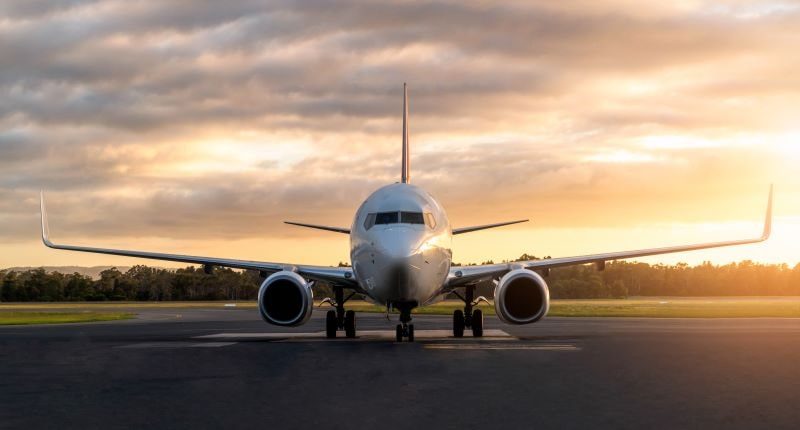- Airports often forgotten in assessment of transport infrastructure
- Expansions often sign of future growth
- New or upgraded major regional airports can be sound market barometer
Whenever the list of major infrastructure that investors should consider is outlined, there are always the usual suspects, including transport nodes.
Often this means a new rail line, an upgraded rail-line or link, or perhaps it’s a major new arterial road that will reduce traffic in an area and better connect it to the city centre.
In capital cities, we don’t usually consider airports because they all have them, but we do need to understand what noise impact they will have on specific suburbs in their flight paths.
However, outside of capital cities, the establishment, or expansion, of regional airports can be a lead indicator of future property market strength.
Sure, the pandemic silenced our airports for months, but over time, people will start travelling again as well as commuting to other parts of the nation for work reasons when necessary.
Smart decision-makers
Of course, these types of major infrastructure projects cost billions of dollars and are many, many years in the planning.
This means that much smarter people than me have earmarked that location as one that will require a new airport, a larger one, or perhaps a second runway to manage the projected increase in passenger numbers in the years ahead.
Over the years, some examples of these include Albury, Bendigo, Coffs Harbour, the Sunshine Coast, and Ballina.
Ballina is an interesting case study because the argument could be made that Byron Bay’s super strong property growth over recent years can partially be attributed to the renaming of the Ballina Byron Gateway Airport years ago, but also the increase in flights to and from Sydney over recent years.
That regional airport normally welcomes more than half a million passengers each year – which is an extraordinary number given the local population is only about 25,000 people!
Likewise, the creation of a second runway at the Sunshine Coast airport, which was already under way before the pandemic and was opened during the lockdown, will ensure even more people will be able to visit or commute to and from that booming Southeast Queensland region.
Indeed, that airport also normally welcomes more than one million passengers annually and is classified as the fastest growing, and the 14th busiest, airport in the country.
Another example, is the privately funded construction of the Toowoomba Wellcamp Airport in 2014, which was a sign that the region west of Brisbane was undergoing significant economic change that necessitated its first-ever commercial passenger airport to be built.
Economic vibrancy
As you can probably see from these examples, when governments – or even private individuals – are prepared to spend billions of dollars on a piece of infrastructure, you can guarantee that the project has been put through the financial pros and cons wringer beforehand!
No one spends billions of dollars without ensuring that its business case is iron-clad and bullet-proof after all.
However, as is the way with all infrastructure, one project does not a booming property market make.
Rather, it is the combination of a number of fundamentals that does.
What I’m talking about is the strength of the local economy, jobs growth, property demand versus supply metrics, as well as population projections to name just a few, that can help to determine which areas are likely to produce superior capital growth over the medium- to long-term.
Over coming years, as our aviation sector recovers from the pandemic and people start to travel once again, including perhaps commuting from former “lifestyle locations” to bigger cities when needed for work, it could well be those areas that had already future-proofed their airports that are set to benefit the most.








